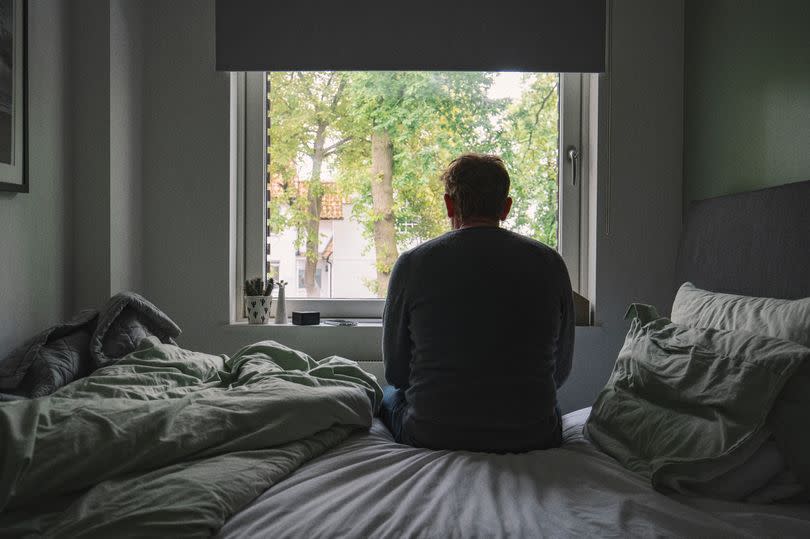Warning signs you may have condition that causes panic attacks

Many people assume agoraphobia is simply a fear of open spaces, but it's actually a more complex condition. For instance, an individual with severe agoraphobia may find it impossible to leave their house, while someone with a milder form might only be able to travel short distances.
In the UK, up to two people in 100 have a panic disorder and it's thought around a third will go on to develop agoraphobia. Agoraphobia is twice as common in women as men, and it usually starts between the ages of 18 and 35.
Agoraphobia symptoms can be a few different types. Physical symptoms can resemble those of a panic attack and may include rapid heartbeat, hyperventilation, feeling hot and sweaty, nausea, chest pain, difficulty swallowing (dysphagia), diarrhoea, trembling, dizziness, tinnitus, and fainting.
Physical symptoms usually only manifest when the individual finds themselves in an anxiety-inducing situation or environment. However, many people with agoraphobia rarely experience these symptoms as they consciously avoid situations that trigger their anxiety.
Cognitive symptoms are thoughts or feelings that may or may not be related to the physical symptoms. These could include fears that:
a panic attack will make you look foolish or feel embarrassed in front of others,
that a panic attack will be life-threatening such as worries about your heart stopping or being unable to breathe,
that you would be unable to escape from a place
or situation if you were to have a panic attack, or that you're losing your sanity
There are also psychological symptoms that aren't related to panic attacks, such as feeling you would be unable to function or survive without the help of others, a fear of being left alone in your house (monophobia) or a general feeling of anxiety or dread.
Agoraphobia can sometimes develop if a person has a panic attack in a specific situation or environment that involves open spaces or crowds. They begin to worry so much about having another panic attack that they feel the symptoms of a panic attack returning when they're in a similar situation or environment.
Occasionally, a person can develop symptoms of agoraphobia even though they don't have a history of panic disorder or panic attacks. This type of agoraphobia can be triggered by a number of different irrational fears (phobias), such as the fear of:
being a victim of violent crime or a terrorist attack if you leave your house
becoming infected by a serious illness if you visit crowded places
doing something by accident that will result in you embarrassing or humiliating yourself in front of others
When to seek help and how to get it?
Speak to your GP if you think you may be affected by agoraphobia. It should be possible to arrange a telephone consultation if you don't feel ready to visit your GP in person.
Your GP will ask you to describe your symptoms, how often they occur, and in what situations. It's very important you tell them how you've been feeling and how your symptoms are affecting you.
Lifestyle changes may help, including taking regular exercise, eating more healthily, and avoiding alcohol, drugs and drinks that contain caffeine, such as tea, coffee and cola. Self-help techniques that can help during a panic attack include staying where you are, focusing on something that's non-threatening and visible, and slow, deep breathing.
If your agoraphobia fails to respond to these treatment methods, see your GP. You can also refer yourself directly for talking therapies, including cognitive behavioural therapy (CBT), without seeing your GP.
In severe cases of agoraphobia, medication can be used in combination with other types of treatment, such as CBT and relaxation therapy. If you’re under 18, or want to get help for someone under 18, find out how to get mental health support for children and young people.

 Yahoo News
Yahoo News 
